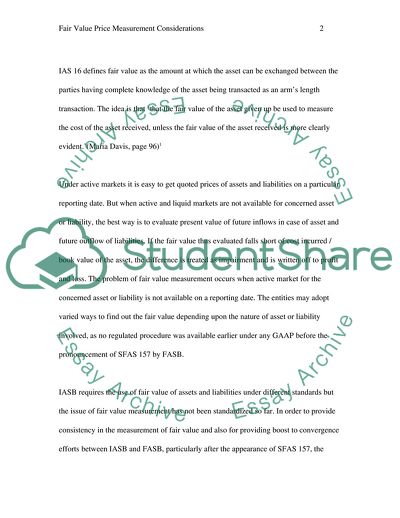Cite this document
(Fair Value Measurement Case Study Example | Topics and Well Written Essays - 2000 words, n.d.)
Fair Value Measurement Case Study Example | Topics and Well Written Essays - 2000 words. Retrieved from https://studentshare.org/marketing/1719588-sfas-157-and-fair-value-measurement-guidance-in-current-ifrss-price-measurement-objective
Fair Value Measurement Case Study Example | Topics and Well Written Essays - 2000 words. Retrieved from https://studentshare.org/marketing/1719588-sfas-157-and-fair-value-measurement-guidance-in-current-ifrss-price-measurement-objective
(Fair Value Measurement Case Study Example | Topics and Well Written Essays - 2000 Words)
Fair Value Measurement Case Study Example | Topics and Well Written Essays - 2000 Words. https://studentshare.org/marketing/1719588-sfas-157-and-fair-value-measurement-guidance-in-current-ifrss-price-measurement-objective.
Fair Value Measurement Case Study Example | Topics and Well Written Essays - 2000 Words. https://studentshare.org/marketing/1719588-sfas-157-and-fair-value-measurement-guidance-in-current-ifrss-price-measurement-objective.
“Fair Value Measurement Case Study Example | Topics and Well Written Essays - 2000 Words”. https://studentshare.org/marketing/1719588-sfas-157-and-fair-value-measurement-guidance-in-current-ifrss-price-measurement-objective.


